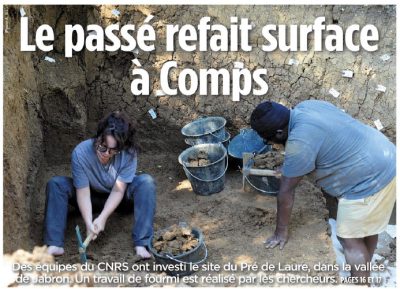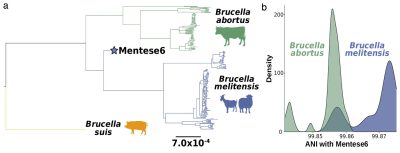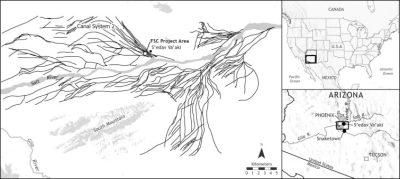Source : https://doi.org/10.1007/s12520-023-01719-2
Dietary traits in ungulates from Lazaret Cave were analyzed for possible changes in ecological niches throughout the marine isotopic stage (MIS) 6 sequence of the site and to investigate the duration of the occupations corresponding to the accumulation of ungulate remains by human groups. The analysis revealed changes in dietary diversity throughout the sequence related to the climatic and environmental changes of the MIS 6. These changes affected the availability of vegetal resources, competition among species, and the distribution and movement of the ungulates in the territory. Human groups were also affected by these changes, as the archaeological record of Lazaret Cave in the duration of occupations at the different levels shows. The response of the large mammal communities to persistent climatic instability is reflected in differences between the sites of southern France of the MIS 6, where species show different dietary traits.




